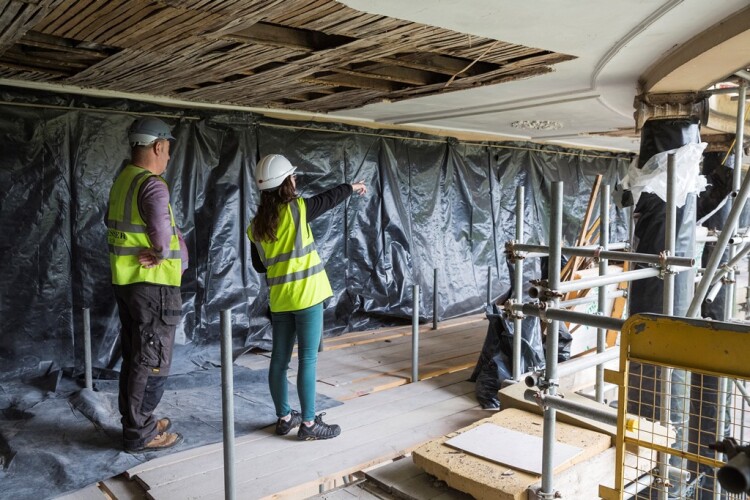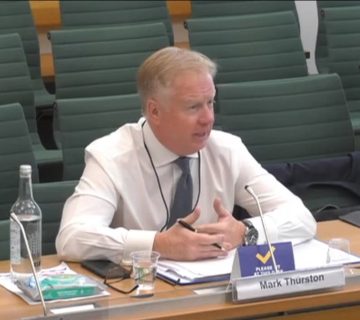According to a new report, retrofitting the UK’s historic buildings could generate £35bn of economic output a year while creating new construction jobs and supporting the country’s net zero ambitions. However, it would require a newly-trained army of workers to get the job done.
An estimated 100,000 people currently work on historic buildings. But up to 105,000 new workers – including 14,500 more electricians and 14,300 more plumbers – will be needed each year until 2050 to focus solely on upgrading buildings built before 1919.
The report has been produced by the National Trust, Historic England, Peabody, The Crown Estate and Grosvenor – organisations that all own substantial numbers of historic buildings.
The organisations have joined together to highlight the social, environmental and economic opportunities offered by building a workforce with the necessary skills and training to ensure the UK’s historic buildings contribute to a net zero future.
Retrofitting requires skilled workers, regardless of the age and construction of a building. But adapting historic buildings requires even more specialist skills and training, they say, to ensure heritage characteristics are protected and the work undertaken is appropriate to the type of construction.
Tor Burrows, Grosvenor’s executive director of sustainability and innovation, said: “As Chris Skidmore’s net zero review identified, we need to grasp the historic opportunity tackling climate change offers us. The Environmental Audit Committee has called for a national mobilisation on energy efficiency. We believe this captures the urgency of the task. The UK needs a long-term national retrofit strategy, led by the government, positively bringing together training, funding, and standards to sensitively decarbonise our historic buildings.
“Only then can we truly seize this opportunity to tackle a significant source of greenhouse emissions while protecting our much-loved built heritage.





No comment